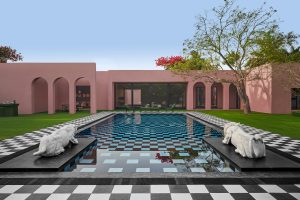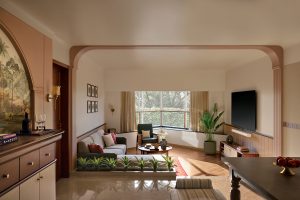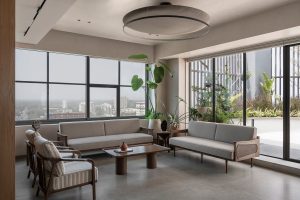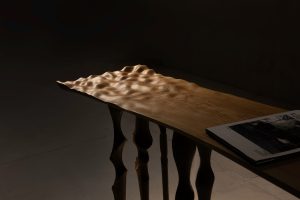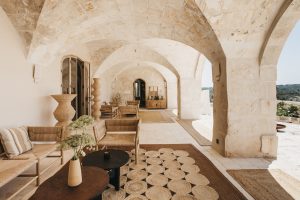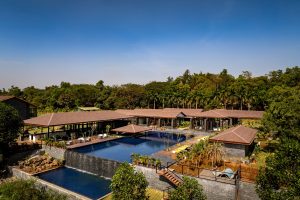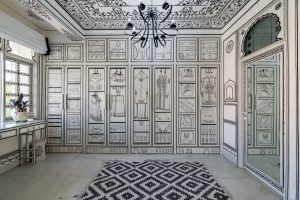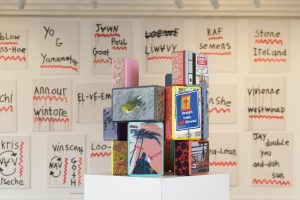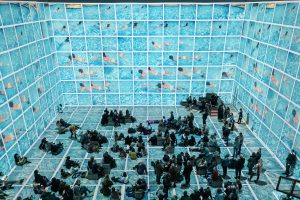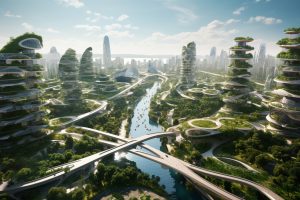Es Devlin’s Stage For The Superbowl Halftime Show Recreates The City Of Compton
- 4 Apr '22
- 1:30 pm by Nuriyah Johar
It’s safe to say that Es Devlin isn’t easily starstruck. The London-based stage designer and artist has worked with the likes of Lady Gaga, Lorde, and The Weeknd on large-scale performative sculptures for their shows, conceptualized the opening and closing ceremonies of the Olympics, and collaborated with luxury fashion houses such as Louis Vuitton and Chanel. She is responsible for cementing the visual identities of tours as iconic as Beyonce’s Formation and Kanye West’s Yeezus. Devlin is, without a doubt, a veritable creative force behind the scenes.
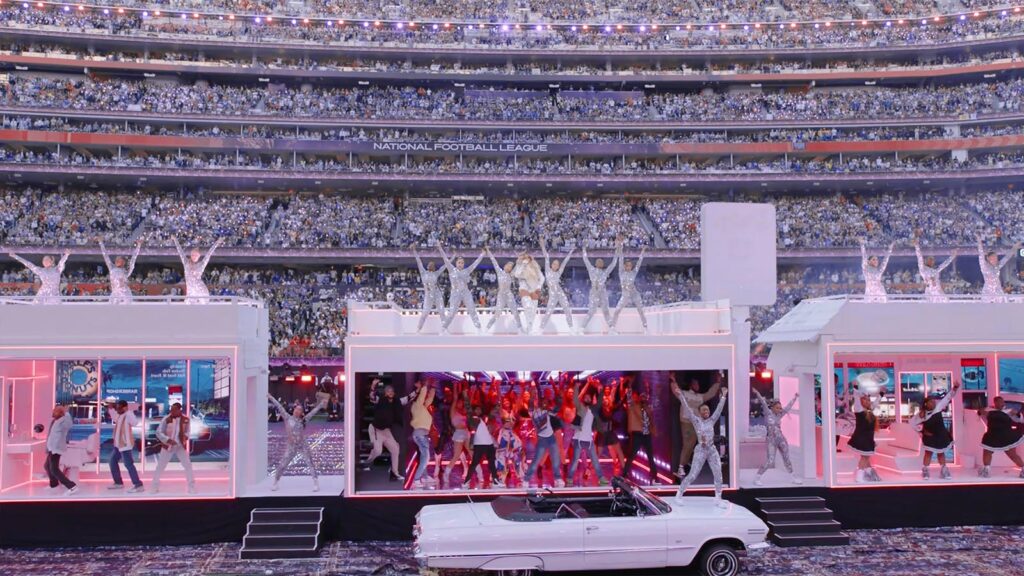
Her latest accomplishment? Creating the stage for the 2022 Super Bowl halftime show at the SoFi Stadium that will forever be etched into the history of live hip hop performances. Devlin brought to life the Californian city of Compton for an unforgettable act by Dr. Dre, Snoop Dogg, 50 Cent, Mary J. Blige, Eminem, and Kendrick Lamar. Fans of the genre would no doubt recognize the structures in Devlin’s all-white set, ranging from The Martin Luther King Memorial to the nightclub Eve After Dark. For those lacking context – the city of Compton is the birthplace of the West Coast gangster rap movement which dates back to the late 1970s. Given the lineup (mostly Compton natives who often use the city as an underlying motif in their music), the set was a tangible, contextual extension of the artists and their music.
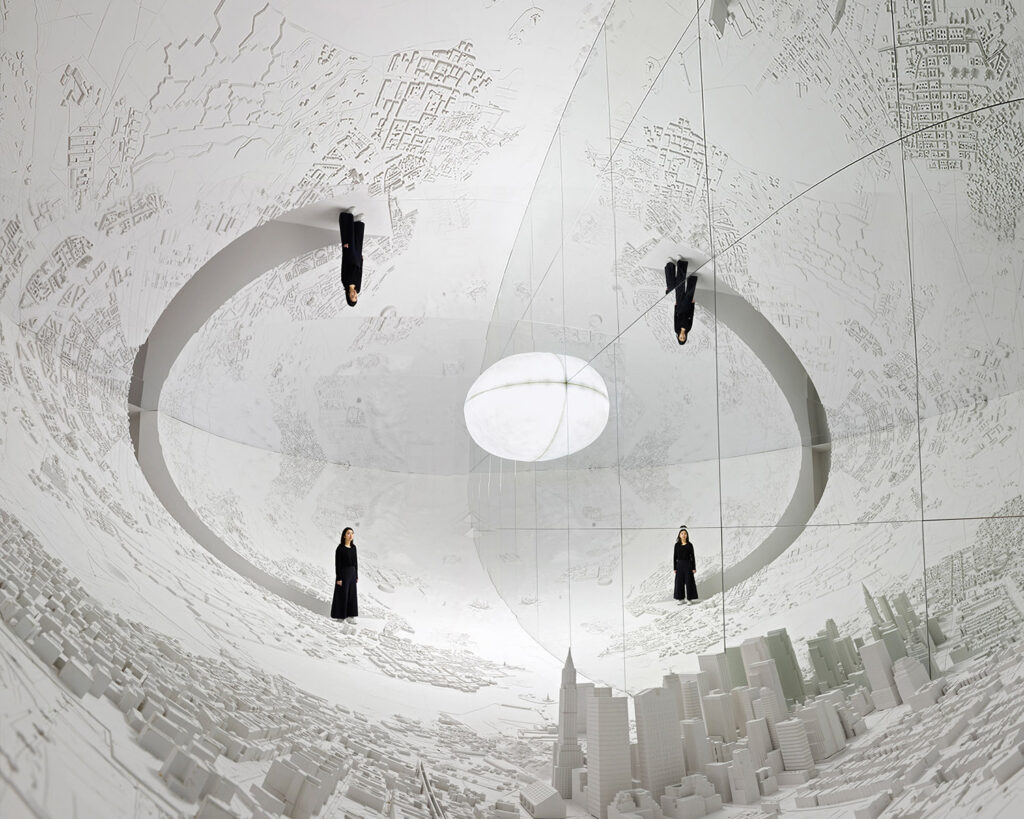
During their first-ever meeting, Devlin and her team showed Dre a number of projects as examples of directions they could take for the show. The rapper was most drawn to a 2017 art work called Memory Palace – a re-imagined model city map of the world at Pitzhanger Gallery in Ealing, London, which plots the location of 73 millennia of significant shifts in human perspective. The idea of ‘placeness’, of looking at the project as a narrative art installation and not just a performance, with the city of Compton serving as a protagonist, was what Devlin and Dre closed in on. Given that the halftime would be taking place in daylight, they decided to focus on sculpture over a light show (which Devlin is known for).
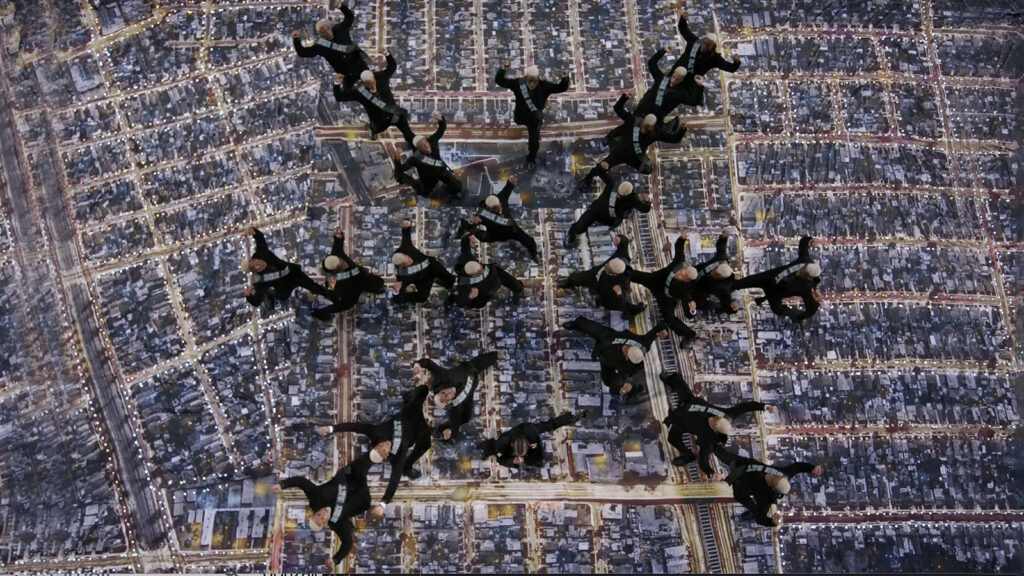
The stadium floor cloth was printed from Google Earth aerial photographs of Compton, along with more detailed photographs taken by a local helicopter pilot. “We cast each of the buildings as characters in the narrative.” Devlin tells us. “The buildings are placed within the map along Rosecrans Avenue – although we have used artistic license by introducing a replica of the Audio Achievements Recording Studio at 1327 Cabrillo Avenue in Torrance which featured in the 1988 movie Straight Outta Compton.” The set itself is made up of white trailers that serve as reinterpretations of buildings such as The Compton Courthouse, the Martin Luther King Memorial, the famous nightclub Eve After Dark, Tam’s Burgers, and other landmarks woven into the notorious city’s hip hop history. “The details of the buildings are unified by their tone: bone coloured / shades of stone pale grey – like neon lit museum pieces – to be remembered as a series of forms and frames for the human story within them.” A fundamental aspect of Compton culture, lowrider cars were driven onto the stage, furthering the narrative.
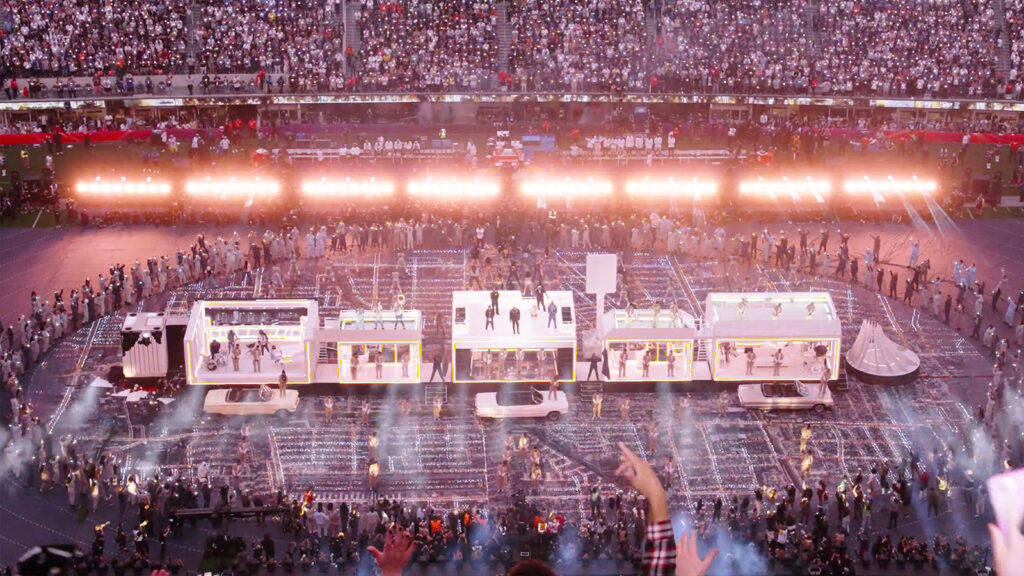
Devlin collaborated with veteran Super Bowl production designer Bruce Rogers who masterminded the design to be able to appear within 8 minutes and disappear within 6 minutes – a remarkable feat that served as a performance in itself. “We noticed very few of the audience leaving their seats: all stayed to watch the intricately staged crew performance,” says Devlin.
Many of the ideas and themes of the show were co-conceived with Dave Free – Kendrick Lamar’s close creative collaborator. “At the start of the project, Dave Free introduced us to his Compton school friend Tremeal who took us on a tour last year. With Tremeal’s guidance we began to get a sense of the complexity of this city,” Devlin says. “Anyone who has watched Straight Outta Compton or listened to the Kendrick Story, starts to understand what it took for these artists to survive the streets of Compton in the 80s, 90s and 2000s. Music was their refuge and the recording studio was the place where painful experience could be forged into music, poetry and a future. The recording studio is Dre’s link and meeting point with all the other artists. Much of the lived experience which informs the music heard during the show has passed through Dre’s desk and hands.”

The halftime film ends by zooming into planet Earth, into the night-lit streets of LA, and finally into Compton. “The map of Compton courses through the record producer’s hand as it hovers over the dials and switches on the 48 track recording desk which rises with Dre up into the new SoFi Stadium, the rows of lights within the audience echo the rows of dials and sliders on the recording desk. Dre plays the stadium like he plays his recording desk – transposing lived experience from a very specific place, into music, which reaches and touches a global audience.”

